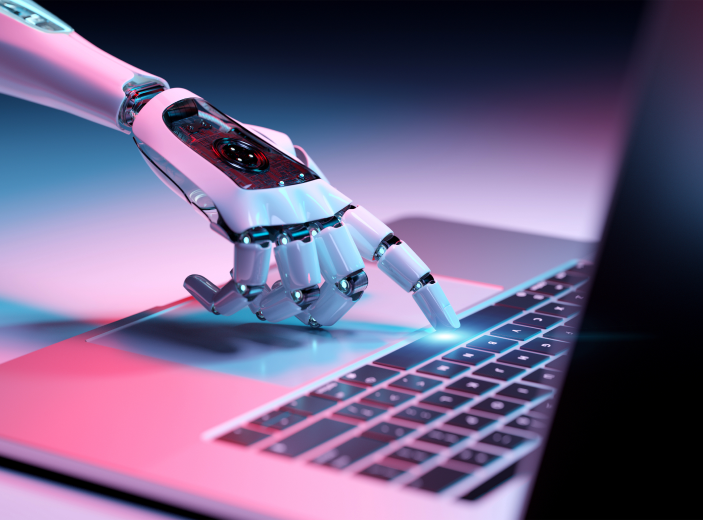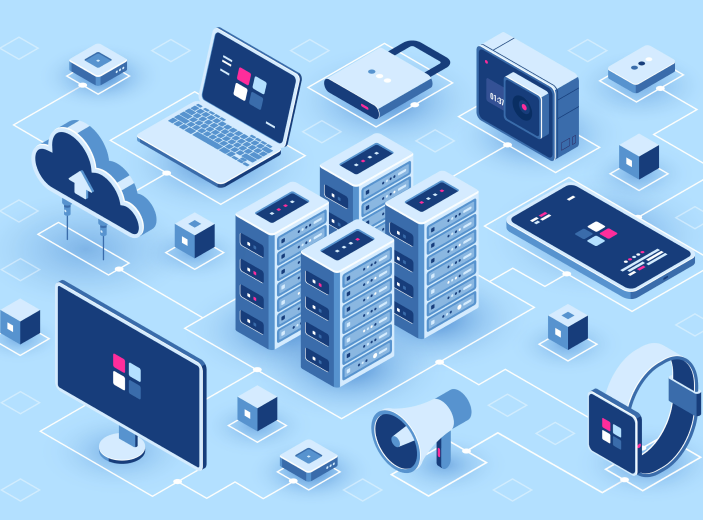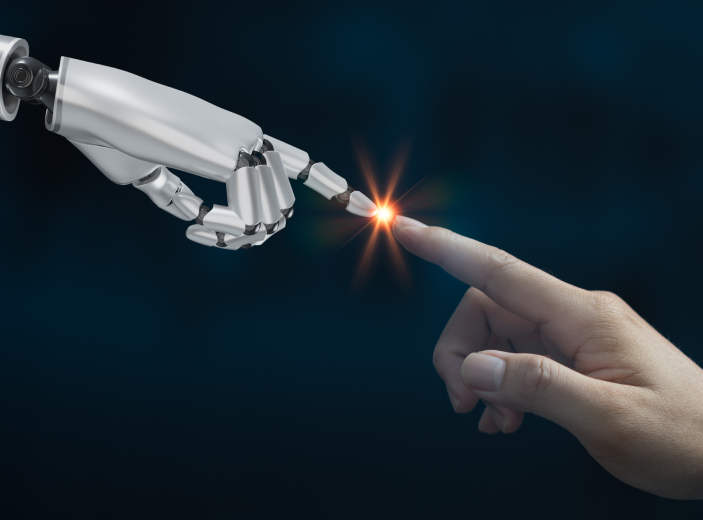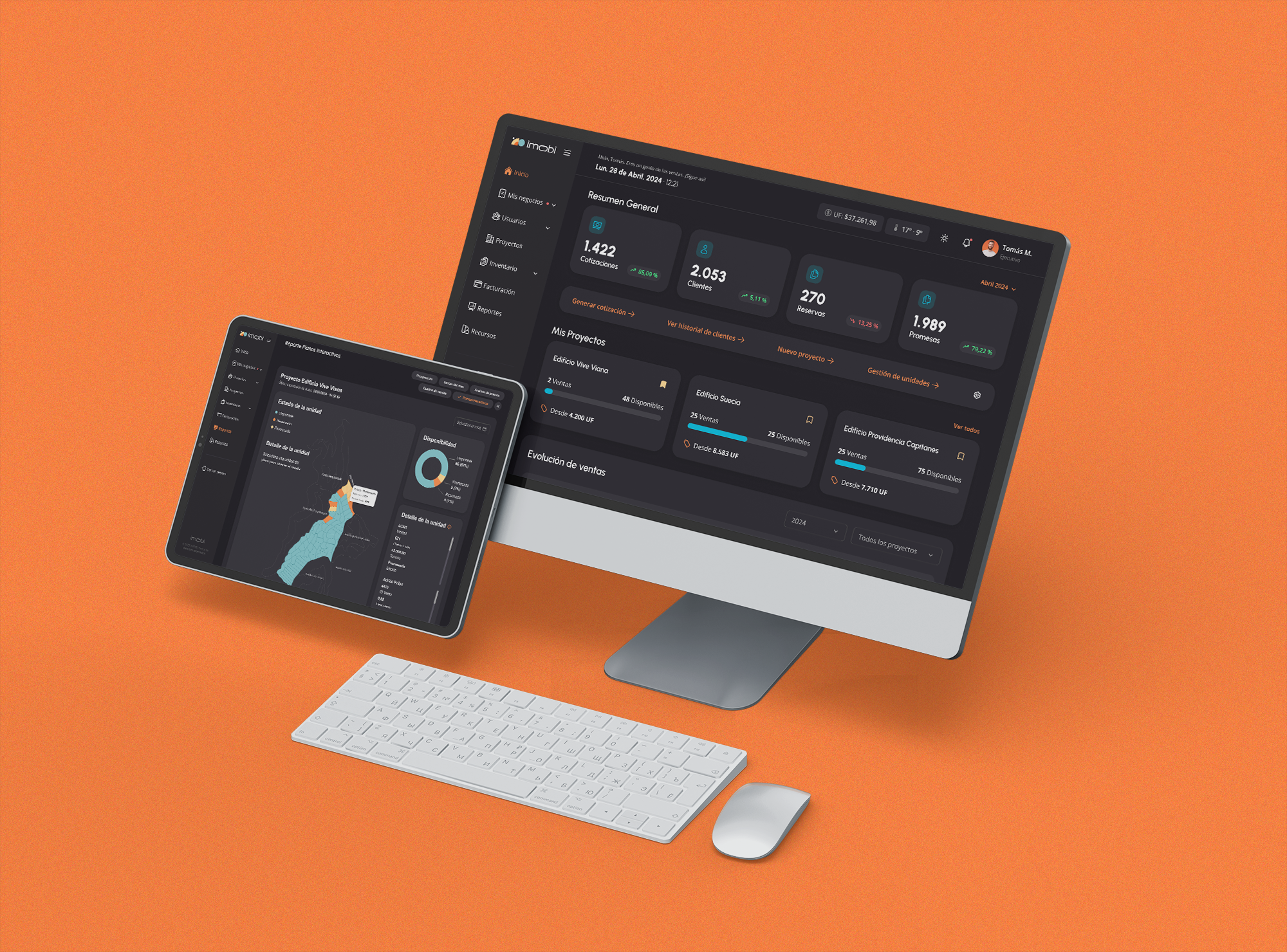Share this article
The technologies underpinning generative AI have progressed at an unprecedented pace, thanks in large part to huge investments by major technology companies and research labs. In fact, GenAI seems immune to the general slowdown in venture capital investment, and well-funded startups continue to emerge and mature.

The creation of synthetic data and sustainability are becoming crucial for companies looking to innovate and reduce their environmental impact.
Considering the four layers of the generative AI technology stack-infrastructure, models, AI engineering tools, and applications-Gartner presented three predictions for how generative AI will evolve in the coming years.
By 2027, more than 50% of GenAI models used by companies will be specific to a business sector or function, up from about 1% in 2023.
- Although general-purpose models work well in a broad set of applications, demand for GenAI is increasing in many sectors. Combined with the increased availability of high-performance, commercially usable open source LLMs, there is an appetite for domain-specific models.
- Domain models can be smaller, less computationally intensive and reduce the risks of hallucination associated with general purpose models.
- Plan for the need to deploy and manage multiple domain-specific GenAI models to support a variety of use cases. But before you create your own, look for ready-to-use, domain-specific templates that you can train or adjust to fit your company’s needs.
By 2026, 75% of companies will use generative AI to create synthetic customer data, compared to less than 5% in 2023.
- The development of synthetic-that is, artificially generated-data supports systems where real data is expensive, unavailable, unbalanced, or unusable due to privacy regulations.
- Introducing synthetic data into models allows organizations to simulate environments and identify new product development opportunities, especially in highly regulated industries. It also enables rapid prototyping of software, digital and hybrid experiences.
- It focuses the use of synthetic data on areas that directly correlate to business growth, such as customer segment, travel and experience development and machine learning model training.
By 2028, 30% of GenAI deployments will be optimized using computational energy conservation methods, driven by sustainability initiatives.
- The rapid adoption of generative AI tools has made the negative environmental impact of GenAI, which the public and governments are decrying, an immediate concern for business leaders.
- Minimizing the energy and resources required for AI training and development is critical. Renewable energy and infrastructure for both on-premises and cloud services will be customized for AI.
- Control the cost of energy-optimized IT resources by diversifying your suppliers, pursuing composable architecture and edge operations for GenAI in every operating jurisdiction, and using high-quality renewable energy during training to mitigate its impact on your sustainability goals.
Remember, if you need to implement AI in your business, we’re here to help. Reach out to us!














